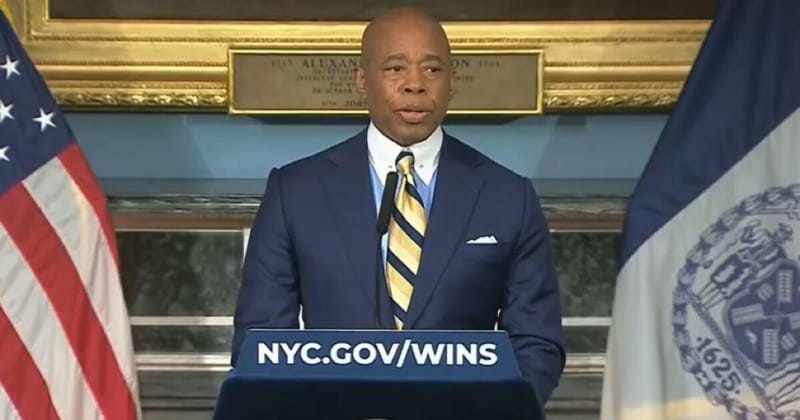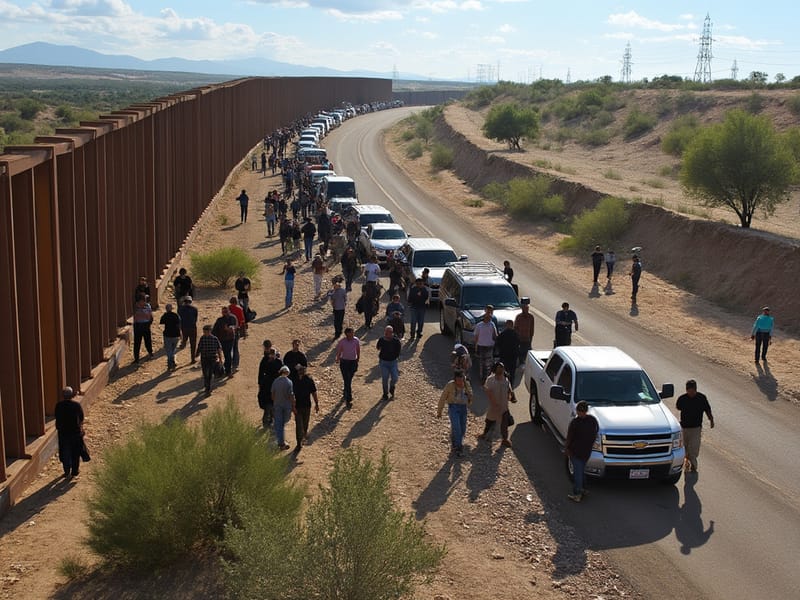US Population Experiences Record-Breaking Growth Due to Border Influx and Increased Immigration
In a groundbreaking development, the United States population has just witnessed its largest one-year increase in history, driven primarily by an influx of newcomers at the border and a surge in legal and undocumented immigration. The unprecedented growth, which has been a topic of debate among political factions, has prompted
In a groundbreaking development, the United States population has just witnessed its largest one-year increase in history, driven primarily by an influx of newcomers at the border and a surge in legal and undocumented immigration. The unprecedented growth, which has been a topic of debate among political factions, has prompted discussions on the nation's immigration policies and the potential impact on the economy and social fabric.
The latest data from the United States Census Bureau reveals that the population has grown by a staggering 3,296,000 people between 2022 and 2023, marking the most significant increase since records began. This surge has been largely attributed to the rapidly rising immigration numbers, with an estimated 1,397,000 new immigrants arriving in the country during the same period.
Immigration experts note that a combination of factors, including political instability, economic hardship, and the ongoing COVID-19 pandemic, has led to a significant increase in individuals seeking refuge and a better life in the United States.
The influx of newcomers has sparked debates among lawmakers and citizens alike, with some advocating for tighter border controls and stricter immigration policies, while others argue for a more welcoming approach to accommodate the growing numbers.
Proponents of increased immigration argue that the newcomers contribute to the nation's economy and cultural richness, with many filling vital roles in various industries and contributing to the tax base. However, opponents express concerns about the potential strain on social services, public education, and infrastructure, as well as the possible increase in crime rates and the potential impact on wages and employment opportunities for native-born citizens.
As the United States grapples with this historic population growth, policymakers are urged to find a balance between accommodating the needs of new immigrants and addressing the concerns of those who fear the consequences of unchecked immigration. The ongoing debate will likely continue to shape the nation's approach to immigration and its impact on the social and economic landscape in the years to come.




